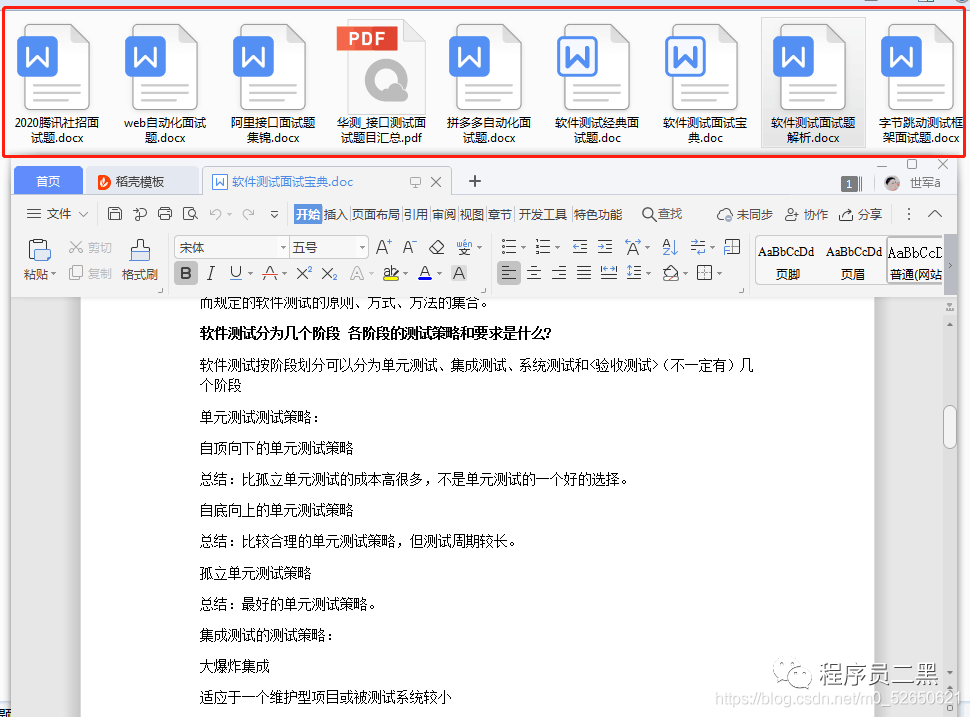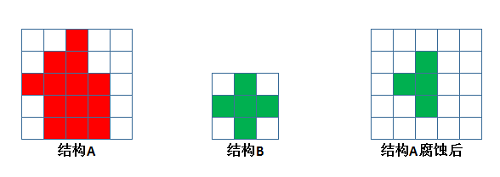Subgraph isomorphism
We have the graphs G_1=(V_1,E_1), G_2=(V_2,E_2).
Question: Is the graph G_1 isomorphic to a subgraph of G_2 ?
(i.e. is there a subset of vertices of G_2, V ⊆ V_2 and subset of the edges of G_2, E ⊆ E_2 such that |V|=|V_1| and |E|=|E_1| and is there a one-to-one matching of the vertices of G_1 at the subset of vertices V of G_2, f:V_1 -> V such that {u,v} ∈ E_1 <=> { f(u),f(v) } ∈ E)
- Show that the problem Subgraph isomorphism belongs to NP.
- Show that the problem is NP-complete reducing the problem Clique to it. (Hint: consider that the graph G_1 is complete)
I have tried the following:
- A non-deterministic Turing machine first "guesses" the subset of nodes V and the subset of edges E of G_2 and after that it verifies that |V|=|V_1| and |E|=|E_1| and that there is a one-to-one correspondence f: V_1 -> V such that {u,v} ∈ E_1 <=> { f(u), f(v) } ∈ E .
Since there are O(|V_2|^2) different pairs of vertices, the check requires polynomial time. So the problem belongs to NP.
- Let (G,k) an arbitrary instance of the clique problem, where k is the number of vertices of the clique.
We can construct an instance of the Subgraph isomorphism problem in polynomial time as follows: G_2 is a graph on n vertices.
G_1 is a complete graph on k vertices, for some k <= n. Let G=G_2. The problem Subgraph Isomorphism has a solution iff there is a complete subgraph of G_2 with k vertices, i.e. iff the graph G has a complete subgraph with k vertices.
Thus, the instance of the problem Subgraph Isomorphism has a solution iff the initial instance of the problem Clique has a solution.
Therefore, the problem Subgraph Isomorphism is NP-complete.
Could you tell me if it is right or if I could improve something?


